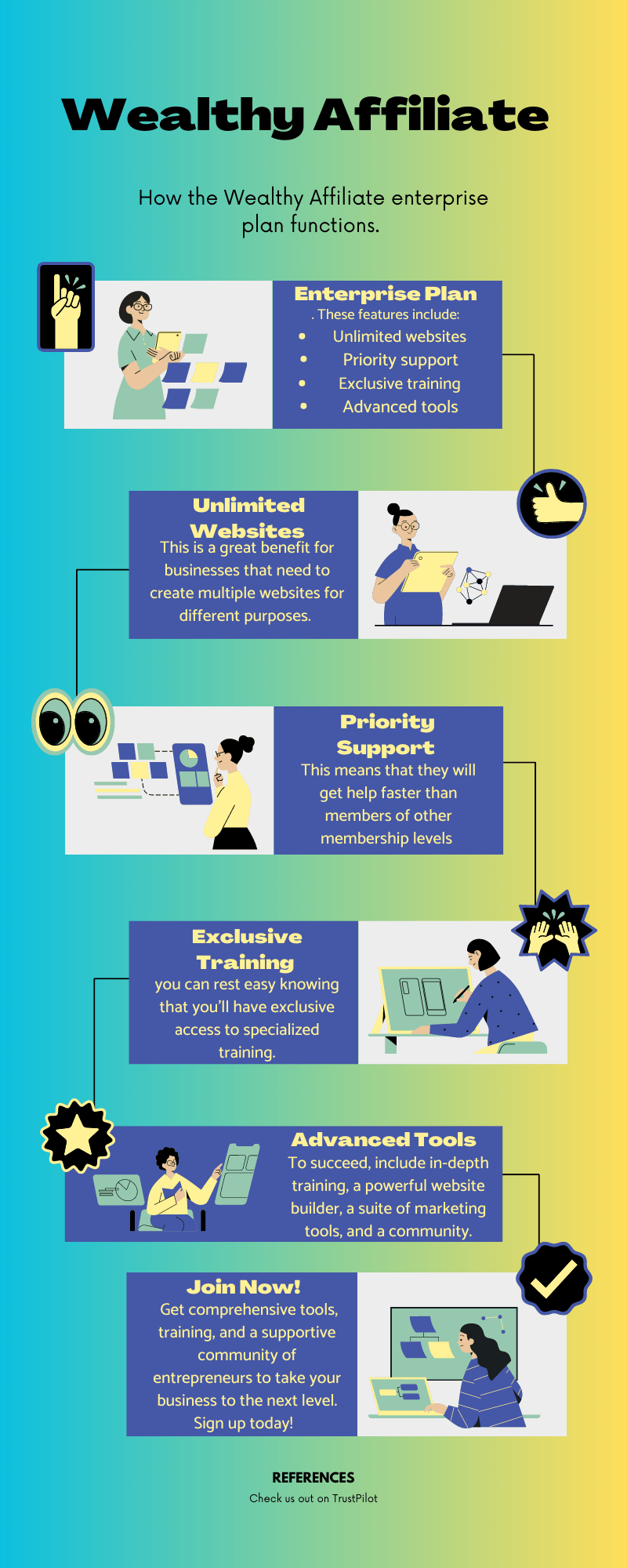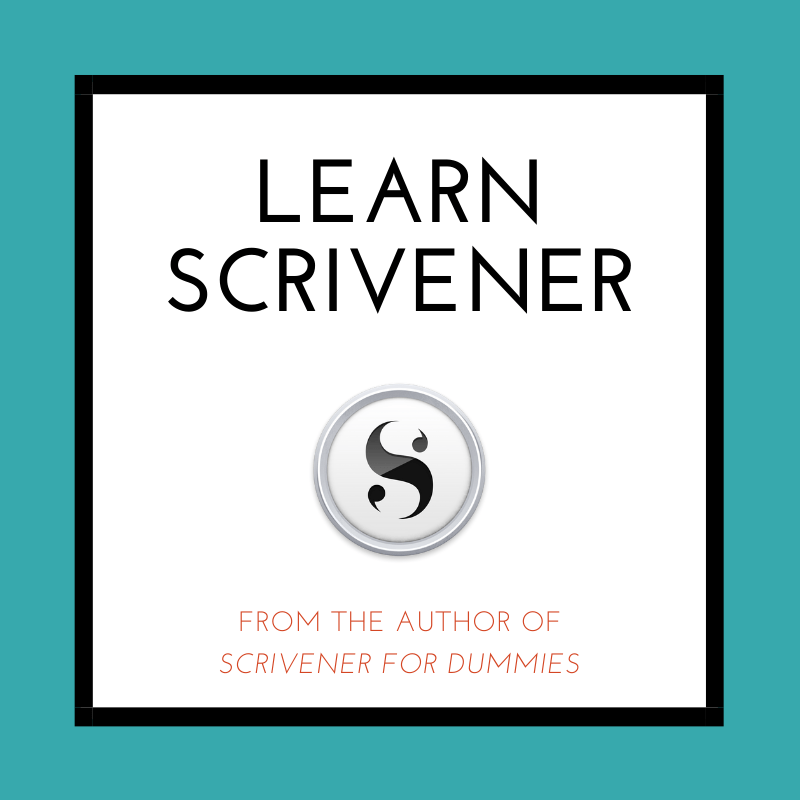
Are you tired of creating social media marketing plans that do not generate the desired traffic for your website? If yes, then it’s time to create an SEO-friendly social media marketing plan. This plan will not only help you increase your website traffic but also improve your website search engine ranking. So, why wait? Learn how to create an SEO-friendly social media marketing plan today and watch your website’s traffic soar! Creating an effective social media marketing plan involves several important steps that align with your business objectives and engage your target audience. Here’s a simplified version of what a social media marketing plan might look like:
1. Executive Summary:
- Brief overview of the plan’s goals and the strategies to achieve them.
2. Goals and Objectives:
- Define SMART goals (Specific, Measurable, Attainable, Relevant, Time-bound).
- Align these goals with broader business objectives.
3. Audience Analysis:
- Research and define your target audience’s demographics, preferences, and behaviors.
- Create audience personas to better tailor content.
4. Competitive Analysis:
- Identify key competitors and analyze their social media presence.
- Learn from their successes and mistakes to differentiate your strategy.
5. Social Media Audit:
- Evaluate the current state of existing social media accounts.
- Determine what’s working, what’s not, and potential opportunities.
6. Account Management:
- Decide which platforms are best suited for your goals.
- Set up or optimize social media profiles accordingly.
7. Content Strategy:
- Develop a content calendar outlining what to post, when, and where.
- Plan different types of content (text, images, videos) to keep the audience engaged.
8. Engagement Strategy:
- Outline how to encourage and respond to interactions on your posts.
- Plan for community management and customer service through social channels.
9. Advertising Plan:
- Determine the budget for paid social media advertising.
- Plan campaigns targeting specific audience segments.
10. Measurement and Analysis:
- Identify key performance indicators (KPIs) to track progress.
- Regularly review analytics to adjust strategies as needed.
11. Crisis Management Plan:
- Prepare for potential social media crises with a response plan.
- Assign roles and responsibilities within your team for quick action.
12. Legal Considerations:
- Ensure compliance with all relevant laws and regulations regarding social media use.
13. Budget:
- Outline the financial investment required for implementation and maintenance.
14. Execution Timeline:
- Create a timeline for rolling out different phases of the plan.
15. Reporting:
- Establish a reporting cadence to stakeholders to show progress and ROI.
Remember, this is a high-level view of a social media marketing plan. For a more detailed template, you can refer to resources like Hootsuite’s guide1 or Smartsheet’s templates2, which offer comprehensive insights and steps to create a tailored social media marketing strategy for your business. These resources provide templates and tools to help you organize each stage of planning and implementation, ensuring a structured approach to your social media efforts.

Essential Elements of a Successful PPC Strategy
A Pay-Per-Click (PPC) strategy is a crucial component of digital marketing that focuses on using paid advertisements to drive traffic to your website. Here’s a step-by-step guide to creating an effective PPC strategy:
1. Define Your Goals:
- Determine what you want to achieve with your PPC campaign. Common goals include increasing sales, generating leads, or boosting website traffic.
2. Choose the Right Platform:
- Select a platform that aligns with your target audience. Google Ads is the most popular, but others, such as Bing Ads, Facebook Ads, and Amazon Advertising, are also popular.
3. Conduct Keyword Research:
- Identify the keywords your target audience uses to search for products or services like yours.
- Use tools like Google Keyword Planner to find relevant keywords and understand their search volume and competition.
4. Set a Budget:
- Decide how much you’re willing to spend on your PPC campaign.
- Consider factors like your chosen keywords’ cost-per-click (CPC) and the potential return on investment (ROI).
5. Create Compelling Ad Copy:
- Write clear, concise, and engaging ad copy that includes your keywords and a powerful call to action (CTA).
- Ensure your ad copy aligns with the landing page content to improve the quality score.
6. Design Attractive Ad Creatives:
- Use high-quality images or videos that are relevant to your ad copy.
- Make sure your creatives stand out and grab the attention of potential customers.
7. Structure Your Campaign:
- Organize your campaign into ad groups based on similar keywords or themes.
- This helps in delivering more targeted ads and improves overall campaign performance.
8. Optimize Landing Pages:
- Ensure your landing pages are optimized for conversions.
- They should be relevant to the ad copy, load quickly, and have a clear CTA.
9. Set Up Conversion Tracking:
- Implement conversion tracking to measure the success of your PPC campaign.
- This will help you understand which ads and keywords are driving results.
10. Launch Your Campaign:
- Once everything is set up, launch your campaign.
- Monitor it closely, especially in the early stages, to make any necessary adjustments.
11. Analyze and Optimize:
- Regularly review your campaign’s performance data.
- Make data-driven decisions to optimize your keywords, ad copy, and bidding strategies.
12. A/B Testing:
- Test different versions of your ads and landing pages to see what works best.
- Focus on one variable at a time, such as the headline, CTA, or images.
13. Manage and Adjust:
- Continuously manage your campaign by adjusting bids, adding negative keywords, and refining your targeting options.
- Stay updated with PPC trends and platform updates to keep your strategy effective.
Remember, ongoing management and optimization are critical to a successful PPC campaign. It’s not a set-it-and-forget-it strategy. By regularly analyzing your results and making informed adjustments, you can maximize the ROI of your PPC efforts. For more detailed instructions and best practices, you can refer to comprehensive guides like those provided by Reliablesoft1 and HubSpot2.

New Social Media Marketing Trends 2024
The social media marketing landscape in 2024 has seen several significant changes, and here are some of the key trends:
– Text-Only Posts: Text-only posts have become surprisingly popular, with platforms like Mastodon gaining traction and existing platforms like Twitter maintaining a solid user base despite competition4.
– Social Commerce: There’s a growing trend of social commerce where consumers can make direct purchases through social media platforms. This requires companies to have a strong plan and approach to tap into social commerce effectively.
– Longer Videos: After short-form content dominance, longer videos return, providing more in-depth content for viewers4.
– Engagement Shift: Engagement is moving from public feeds to direct messages (DMs), indicating a shift towards more personal interaction between brands and consumers4.
– Shares Over Likes: Shares are becoming more important than likes, comments, or followers, as they indicate a higher level of engagement and content reach4.
– Rise of New Platforms: Telegram is on the rise, potentially becoming the next super app, while the fediverse represents the future of social media4.
– Influencer Marketing: Influencer marketing continues evolving, leveraging emerging social media trends to enhance marketing strategies1.
– AI in Social Media: Social media managers increasingly collaborate with AI to manage and optimize their social media strategies4.
These trends reflect a dynamic and rapidly evolving field where adaptability and staying informed are crucial for success in social media marketing.
Remember, these trends can vary in impact and relevance depending on your industry and target audience. It’s always best to tailor your strategy to align with your brand’s goals and audience’s preferences.

Get More Clicks: Create a Profitable PPC Strategy
A Pay-Per-Click (PPC) strategy is a crucial component of digital marketing that focuses on using paid advertisements to drive traffic to your website. Here’s a step-by-step guide to creating an effective PPC strategy:
1. Define Your Goals:
- Determine what you want to achieve with your PPC campaign. Common goals include increasing sales, generating leads, or boosting website traffic.
2. Choose the Right Platform:
- Select a platform that aligns with your target audience. Google Ads is the most popular, but others, such as Bing Ads, Facebook Ads, and Amazon Advertising, are also popular.
3. Conduct Keyword Research:
- Identify the keywords your target audience uses to search for products or services like yours.
- Use tools like Google Keyword Planner to find relevant keywords and understand their search volume and competition.
4. Set a Budget:
- Decide how much you’re willing to spend on your PPC campaign.
- Consider factors like your chosen keywords’ cost-per-click (CPC) and the potential return on investment (ROI).
5. Create Compelling Ad Copy:
- Write clear, concise, and engaging ad copy that includes your keywords and a strong call-to-action (CTA).
- Ensure your ad copy aligns with the landing page content to improve the quality score.
6. Design Attractive Ad Creatives:
- Use high-quality images or videos that are relevant to your ad copy.
- Make sure your creatives stand out and grab the attention of potential customers.
7. Structure Your Campaign:
- Organize your campaign into ad groups based on similar keywords or themes.
- This helps in delivering more targeted ads and improves overall campaign performance.
8. Optimize Landing Pages:
- Ensure your landing pages are optimized for conversions.
- They should be relevant to the ad copy, load quickly, and have a clear CTA.
9. Set Up Conversion Tracking:
- Implement conversion tracking to measure the success of your PPC campaign.
- This will help you understand which ads and keywords are driving results.
10. Launch Your Campaign:
- Once everything is set up, launch your campaign.
- Monitor it closely, especially in the early stages, to make any necessary adjustments.
11. Analyze and Optimize:
- Regularly review your campaign’s performance data.
- Make data-driven decisions to optimize your keywords, ad copy, and bidding strategies.
12. A/B Testing:
- Test different versions of your ads and landing pages to see what works best.
- Focus on one variable at a time, such as the headline, CTA, or images.
13. Manage and Adjust:
- Continuously manage your campaign by adjusting bids, adding negative keywords, and refining your targeting options.
- Stay updated with PPC trends and platform updates to keep your strategy effective.
Remember, ongoing management and optimization are critical to a successful PPC campaign. It’s not a set-it-and-forget-it type of strategy. By regularly analyzing your results and making informed adjustments, you can maximize the ROI of your PPC efforts. For more detailed instructions and best practices, you can refer to comprehensive guides like those provided by Reliablesoft1 and HubSpot2.

What is the expected ROI on a PPC campaign?
The expected Return on Investment (ROI) for a Pay-Per-Click (PPC) campaign can vary widely based on several factors, including the industry, the ads’ quality, the campaign’s targeting, and the website’s conversion rate. However, you can calculate the ROI of a PPC campaign using the following formula:

This means that for every dollar spent on PPC, you earn four dollars in return.
It’s important to note that this is a simplified example, and the actual ROI will depend on the specifics of each campaign.
Tracking and analyzing your PPC campaigns’ performance is crucial to understanding their effectiveness and making necessary adjustments to improve ROI.
Additionally, the difference between ROI and Return on Ad Spend (ROAS), another metric used to evaluate the efficiency of advertising campaigns, should be considered. ROAS focuses solely on the revenue generated from advertising costs, not considering the overall profitability.
Better Affiliate Marketing with Wealthy Affiliate
Master Social Media & PPC
The Wealthy Affiliate program is designed to help individuals learn about affiliate marketing and how to build an online business. Here’s how it can help you utilize the information I provided about social media marketing and PPC campaigns:
- Niche Selection: Wealthy Affiliate offers tools like the Niche Finder AI to help you discover the ideal business direction based on your passions, which is crucial for social media marketing1.
- Website Development: The program provides a platform to launch your website quickly, essential for implementing a social media marketing plan and running PPC campaigns1.
- Traffic Generation: It teaches the latest traffic drawing techniques, aligning with increasing engagement through various social media strategies1.
- Monetization Strategies: Wealthy Affiliate guides on monetizing your site by promoting products. Understanding the ROI of PPC campaigns and effectively using social media for promotions can enhance this.
- Education and Coaching: The program includes comprehensive training and mentorship, helping you advance your affiliate marketing skill set and apply it to social media platforms1.
- Community Support: With a community of experts and fellow learners, you can get help and feedback on your social media strategies and PPC campaign plans.
- Affiliate Program: Wealthy Affiliate has an affiliate program you can promote, practicing the PPC and social media marketing skills you learn within the platform2.
By joining Wealthy Affiliate, you can gain the knowledge and tools necessary to apply effective social media marketing strategies and understand the financial aspects of PPC campaigns, turning clicks into cash and maximizing your online business’s potential.
The program’s focus on practical skills and real-world application makes it a valuable resource for anyone looking to succeed in digital marketing.
What are some success stories from Wealthy Affiliate members?
Wealthy Affiliate has several success stories from members using the platform to create successful online businesses. Here are a few highlights:
- Dom W’s Success: Dom founded HumanProofDesigns.com in 2014, and, using what he learned from Wealthy Affiliate, his business made $680,000 in sales in 2016. He started out with the drive to succeed. He leveraged the training and platform provided by Wealthy Affiliate to build a thriving business1.
- Bryon’s Black Friday Win: Bryon, a Wealthy Affiliate member since 2012, made $40,000 in sales during a Black Friday weekend. Over the years, He built up his authority, and his well-timed offer resulted in significant revenue2.
- Eddie’s 3-Month Earnings: After recommitting to affiliate marketing in 2018, Eddie set a goal to earn $200K in revenue for the business he was working for. He fell short of his goal but still brought in $116,000 in three months.
- Nathaniell Brenes’ Milestone: Nathaniell, who joined Wealthy Affiliate 12 years ago, sold the oldest website he created for a $30K sale. This site had previously earned him over $12K monthly.
These stories showcase the potential of what can be achieved through dedication, hard work, and the effective use of Wealthy Affiliate’s resources and training.
Where to Source Testimonials
- Wealthy Affiliate’s Website/Blog: There are likely success stories showcased here.
- Trustpilot: See what genuine users are saying: https://www.trustpilot.com/review/wealthyaffiliate.com
- Social Media: Search for relevant hashtags on Twitter, Facebook groups, etc. Reach out directly to users expressing praise for the program.
How Can I Get Started With Wealthy Affiliate?
Getting started with Wealthy Affiliate is a straightforward process. Here’s a step-by-step guide to help you begin:
- Sign Up: Visit the Wealthy Affiliate website and create an account. You can start with a free membership to explore the platform.
- Training: Once you’ve signed up, begin with the core training modules, Which will introduce you to the basics of affiliate marketing and how to use the Wealthy Affiliate platform effectively.
- Website Creation: Use Wealthy Affiliate’s tools to create your website, Which will be your platform for running affiliate marketing campaigns.
- Niche Selection: Decide on a niche for your website. Wealthy Affiliate offers tools like the Niche Finder AI to help you choose a profitable niche that aligns with your interests.
- Content Development: Start creating content for your website. Wealthy Affiliate provides training on engaging content that can attract traffic and generate revenue.
- Engage with the Community: Wealthy Affiliate has a large community of experienced marketers. Engage with the community, ask questions, and learn from others’ experiences.
- Utilize Tools: Use Wealthy Affiliate’s various tools, including keyword research tools, website analytics, and more, to optimize your website and content.
- Monetization: The training provided will help you learn different ways to monetize your website, including understanding PPC campaigns, social media marketing, and affiliate partnerships.
- Continuous Learning: Wealthy Affiliate regularly updates its training materials. Stay engaged with the platform to learn new strategies and techniques.
- Upgrade Membership: If you find value in the platform and wish to access more advanced features, consider upgrading to a Premium or Premium Plus membership.
Remember, success in affiliate marketing takes time and effort. Wealthy Affiliate provides the education and tools, but it’s up to you to put in the work and apply what you learn. Good luck on your affiliate marketing journey!
Martin!
I hope you found this blog post helpful. If you did, please share it with your friends and leave a comment below. And if you want to learn more about writing, check out my other blog posts on 3D printing, affiliate marketing, and writing. Thanks for reading! 😊
Make them laugh, make them think, but above all, make them feel.
As a wordsmith seeking to enhance your writing prowess, you’ll find many remarkable writing tools and apps. Let’s explore some of the best options:
- Scrivener: A beloved companion for authors, Scrivener offers a treasure trove of features. It helps you track plot threads, store character notes, structure your work, and—most importantly—get serious writing done. While it’s not free, the investment is well worth it for serious writers1.
- Ulysses: If you want distraction-free writing, Ulysses is your muse. Its minimalist interface allows you to focus solely on your words. Plus, it syncs seamlessly across devices, ensuring your creativity flows wherever you are.
- iA Writer: Ideal for online writing (think Medium or WordPress), iA Writer combines simplicity with elegance. Its clean design encourages a flow state, making it a favorite among bloggers and content creators2.
- Plottr: For those who thrive on outlining, Plottr is a gem. It helps you map out your novel, organize scenes, and keep your plot threads in check. Whether you’re a pantser or a plottr, Plottr has your back.
- Reedsy Book Editor: If you’re working on a book, Reedsy’s online editor is a fantastic choice. It’s accessible, collaborative, and offers a straightforward interface for drafting and editing your masterpiece4.
- yWriter: Scene-based writers rejoice! yWriter lets you organize your novel into scenes, track characters, and maintain a bird’s-eye view of your work. It’s a powerful tool for structuring your narrative2.
Remember, the best writing app is the one that aligns with your unique needs and writing style. Whether you’re crafting screenplays, novels, or blog posts, these tools will be your trusty companions on your literary journey. Happy writing! 📝✨




